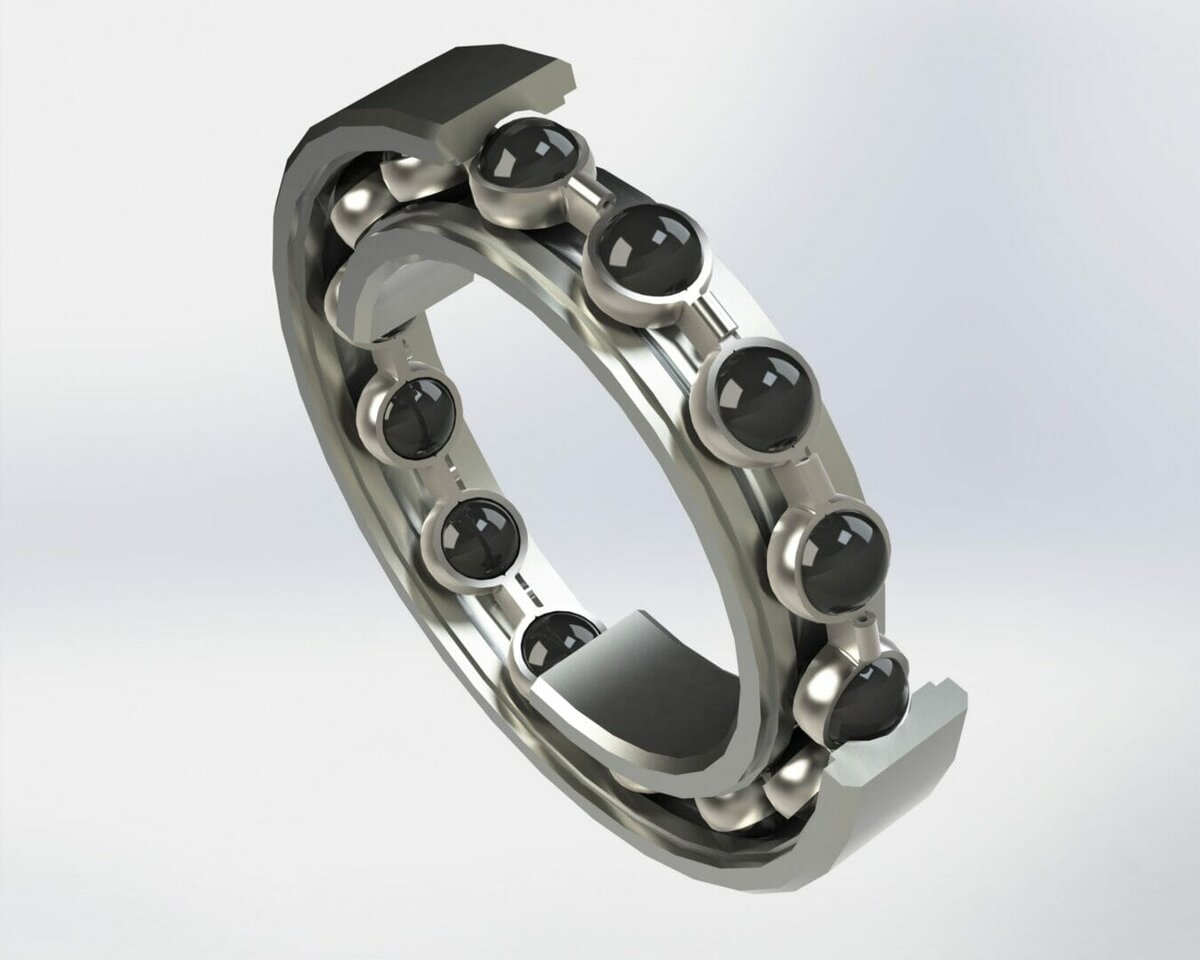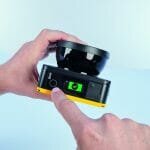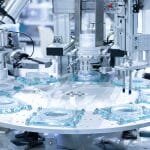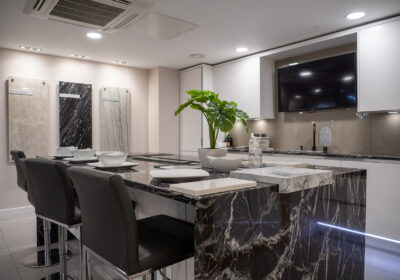Many engineers have at least a basic understanding of rotating bearing technology, and in some cases have become experts in the field as various projects have come and gone over the years. Not a few design engineers will have hands-on experience too, perhaps replacing wheel bearings on a car, or headstock bearings on a motorcycle. But what happens when the talk – and the project – turns to specifying bearings that must survive in a constant 473° Celsius for three hours, and then continue to perform faultlessly as the temperature plummets to -219° Celsius for another three hours? And for equipment which is going into in space, bearing materials must be well protected against corrosion, but why? What does one need to consider first? Materials technology? Rotating mass? Temperature capability? Lubrication? If your application involves – or might include at some stage in the future – a need to understand how to select and specify bearings that can survive in extremes of heat, cold, or space, bearing industry expert Mike Page provides a summarised oversight.
Of all the elements which are key to specifying the optimum bearing for an extreme application, the most important of these is data, and lots of it. Design engineers must think long and hard about the environment the bearing will operate in, the axial and radial loadings it must cope with, potential variations in these loadings at different rotation speeds, ambient temperature, operating temperatures mindful of frictional forces, the effects of thermal expansion and contraction, protection against the ingress of outside materials, lubrication, life expectancy: the list is extensive. And this is before any manufacturing considerations are embraced, and some of the materials for bearings in extreme applications need specialised manufacturing skills and processes. So the more data which can be obtained, the better. Once these variables have been either established or accurately forecast, the importance of materials selection will come to the fore. Designers will be aware that although Martensitic steels have a high carbon content which helps deliver high hardness, these come in different grades and offer different balances of advantages and drawbacks: for example, whereas 440C stainless alloy provides the highest strength and hardest wearing properties, its ability to combat corrosion is compromised compared to lower grades such as 440A and 440B: and there is no escaping the fact that many standard austenitic grades of steel offer much better corrosion resistance. It really is horses for courses. But there are other materials which, for some high temperature applications, and for projects in extreme operating environments, are even better than 440C and which were originally developed for aerospace and defence applications. Here, substantial R&D budgets have delivered real breakthroughs in bearing technology. As examples, some designers are now using bearings manufactured from later-generation steels such as Cronidur®30, XD15NW and BG42 . These specialist bearing materials offer a selection of steels that outperform 440C in just about every respect, and they are used extensively in space applications where a combination of exceptional corrosion resistance and greatly increased fatigue life are critical because they translate into an extended service life.
But sometimes with bearings it isn’t corrosion that designers are trying to navigate their way around: it is extreme heat, or extreme cold. Whilst there are bearings available ‘off the shelf’ that can cope with temperatures of up to about 350° Celsius, applications with extremely high temperatures (up to 800° Celsius) need expert understanding and specialist solutions. Here, ceramic materials, or hybrid ceramic bearings featuring dissimilar materials, come to the fore and can cope readily with temperatures as high as 800° Celsius, and as low as −269°Celsius. Once again, materials selection plays a crucial role at the design stage, and there is a surprisingly wide choice of specialist solutions available, including hybrid bearings with mixed ceramic/steel combinations of cages and rollers. In addition to outstanding performance in extremes of temperature, ceramic bearings bring other advantages: for example they are strong electrical insulators as well.
To add even further options for designers selecting bearings for extreme applications, there are some interesting new lubricants now available for use in unusually hot, cold or aggressive environments. Some of these lubricants are solid and will work submerged in all sorts of liquids, as well as in high-vacuum applications, and handily, cannot be washed out with water, steam, alkalis and most chemical cleaners, thus helping to guarantee a long service life in certain applications. Further, there is a substantial choice of coatings and surface treatments available for special bearings, some of them vital to assure survival in arduous applications.
Selecting bearings for use in extreme environments or applications is a specialist subject, and not one that many suppliers of standard bearings are necessarily comfortable with. So it is vital to engage with an expert as early as possible in the design process – time spent here will be rewarded with lengthy, trouble-free bearing service lives.





